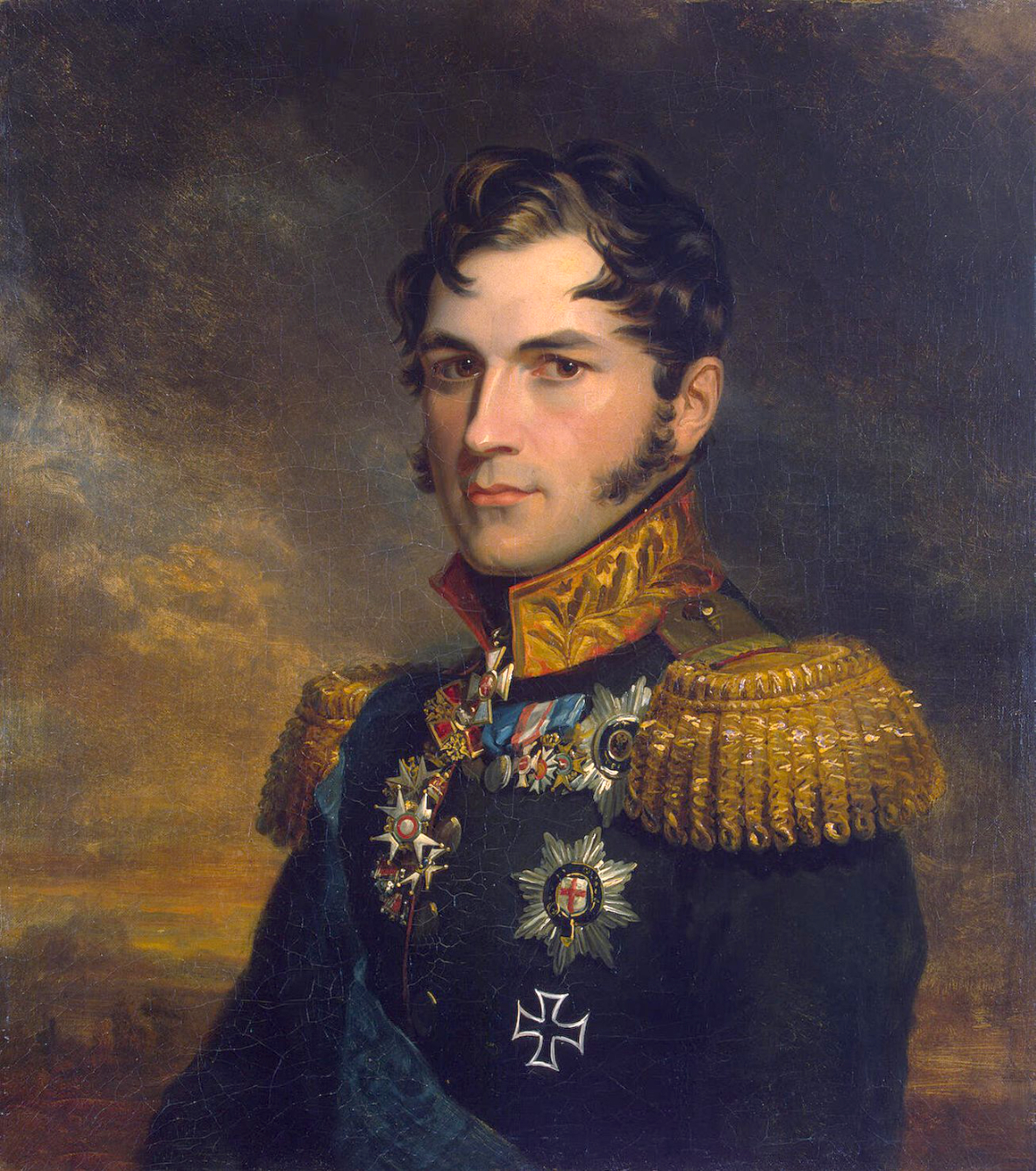Lennox Berkeley’s family links with Leopold 1 of the Belgians – and the film ‘The First Gentleman’
Tony Scotland traces Lennox Berkeley’s family links with the Belgian royal family, and the story of the film, ‘The First Gentleman’
The early photographs on the front and back covers of this edition of the Journal have an interesting and romantic, but only coincidental, connection with the subject of Lennox Berkeley’s film, The First Gentleman, to be shown to the Society at the AGM on 11 May 2023.1

They were taken by Lennox’s cousin Lison – Louise-Alexandrine Ferdinande d’Eppinghoven – daughter of his maternal aunt Annie, by her husband Arthur, baron d’Eppinghoven, illegitimate son of King Leopold I of the Belgians. This Leopold, as a prince of Saxe-Coburg and Gotha, had married as his first wife Charlotte Princess of Wales, daughter of the Prince Regent (the ‘First Gentleman of Europe’).
The film, made in 1948 (with Cecil Parker and Joan Hopkins), tells the story of the Prince Regent’s determination to marry his daughter to William, Hereditary Prince of Orange, and Charlotte’s determination to marry the penniless but handsome Leopold, Prince of Saxe-Coburg and Gotha. Charlotte won the day and married Leopold in 1816, but died in childbirth within a year. In 1830 the widowered Leopold accepted an invitation from the newly-independent Belgians to be their king.
Meanwhile the Prince Regent had become George IV, and in 1818 his brother, Edward Duke of Kent, married Leopold’s sister, who the following year produced a daughter Victoria. In 1837 Victoria became Queen of the United Kingdom of Great Britain and Ireland, and in 1840 Leopold arranged her marriage to his nephew, Prince Albert of Saxe-Coburg and Gotha. Leopold became Queen Victoria’s favourite uncle, and a sort of father figure – her trusted confidant and adviser in both political and personal matters till his death.

In 1852 Leopold married Princess Louise-Marie of Orléans, who produced four children, including an heir, Louis-Philippe (later Leopold II), but died in 1850, at the age of only 38. There was another son, though – Georges Frederic Meyer, offspring of the king’s liaison with his mistress, Arcadie Claret, daughter of an army major and husband of the master of the royal stables. And in 1852 a second son arrived – Arthur Chrétien Frederic. Arcadie and her sons lived together in great style in a town house in Etterbeek and a castle which Arcadie built at Eppinghoven on land given her by the king.
Ten years after Arthur’s birth, Leopold gave the children the hereditary title of barons d’Eppinghoven, much against the wishes of the government, and in 1863, he made Arcadie hereditary baronne d’Eppinghoven. After a princely education, Arthur d’Eppinghoven succeeded to the post of Grand Marshall of the ducal court of Coburg and Aide-de-camp to his kinsman, Ferdinand of Saxe-Coburg and Gotha, King of Bulgaria.
In 1887 Arthur married Anna Lydia Harris, sister of Lennox’s mother Aline – they were both daughters of Sir James Harris, British Consul in Nice, by his wife, Gerhardine, daughter of Ferdinand, Freiherr von Gall, Master of Ceremonies to the King of Württemberg – and they lived well till the Armistice when the German monarchs were forced to abdicate and Arthur lost all his perks. He tried to make a living as a painter in Germany, but in 1924 he had to limp back to Belgium, eking out the rest of his life on a dwindling royal pension in a grace-and-favour apartment in Etterbeek.
His only child, Louise-Marie (Lison), Lennox’s childhood companion, was born in Wiesbaden in 1843, and died in Etterbeek in 1966.